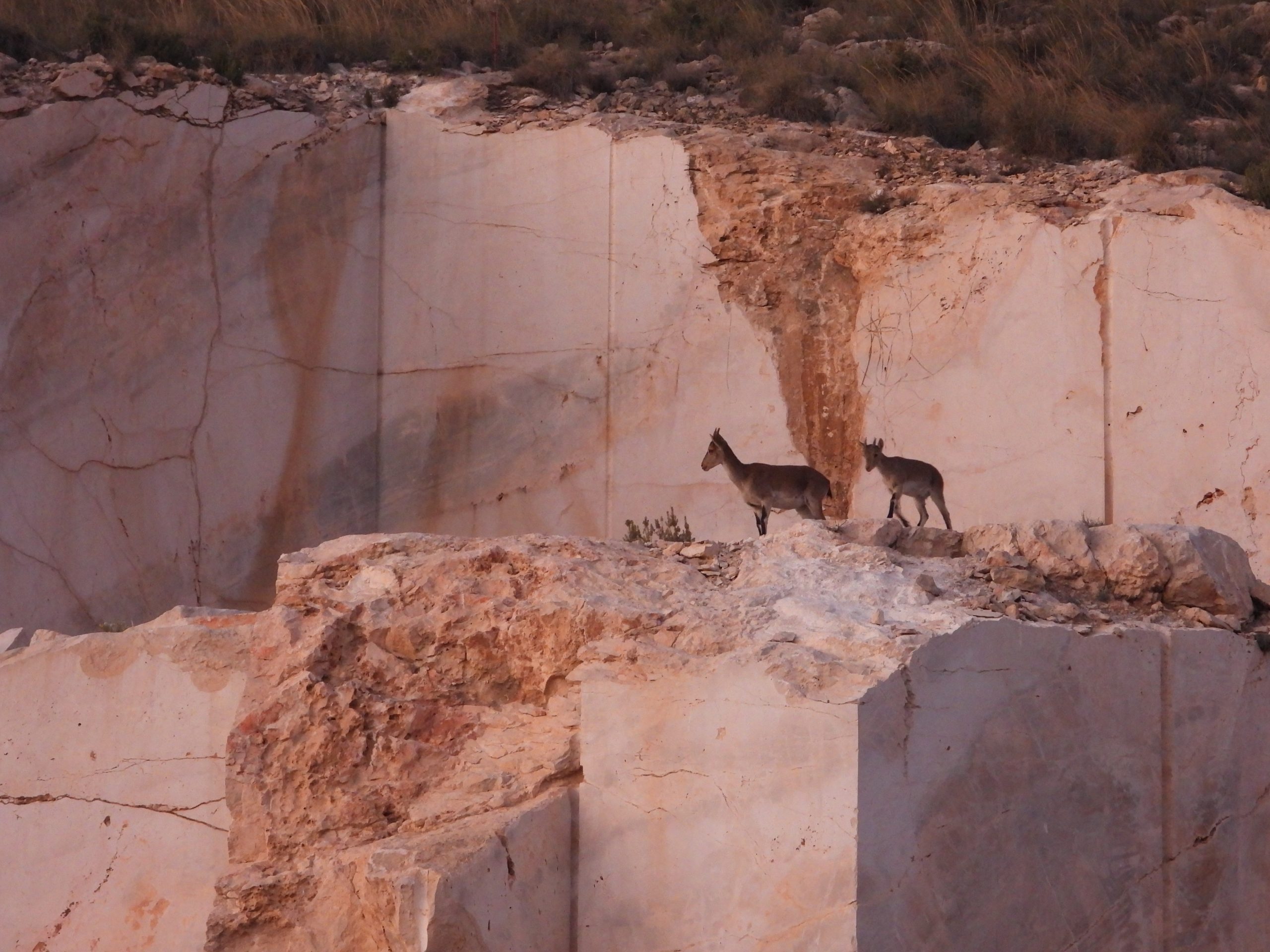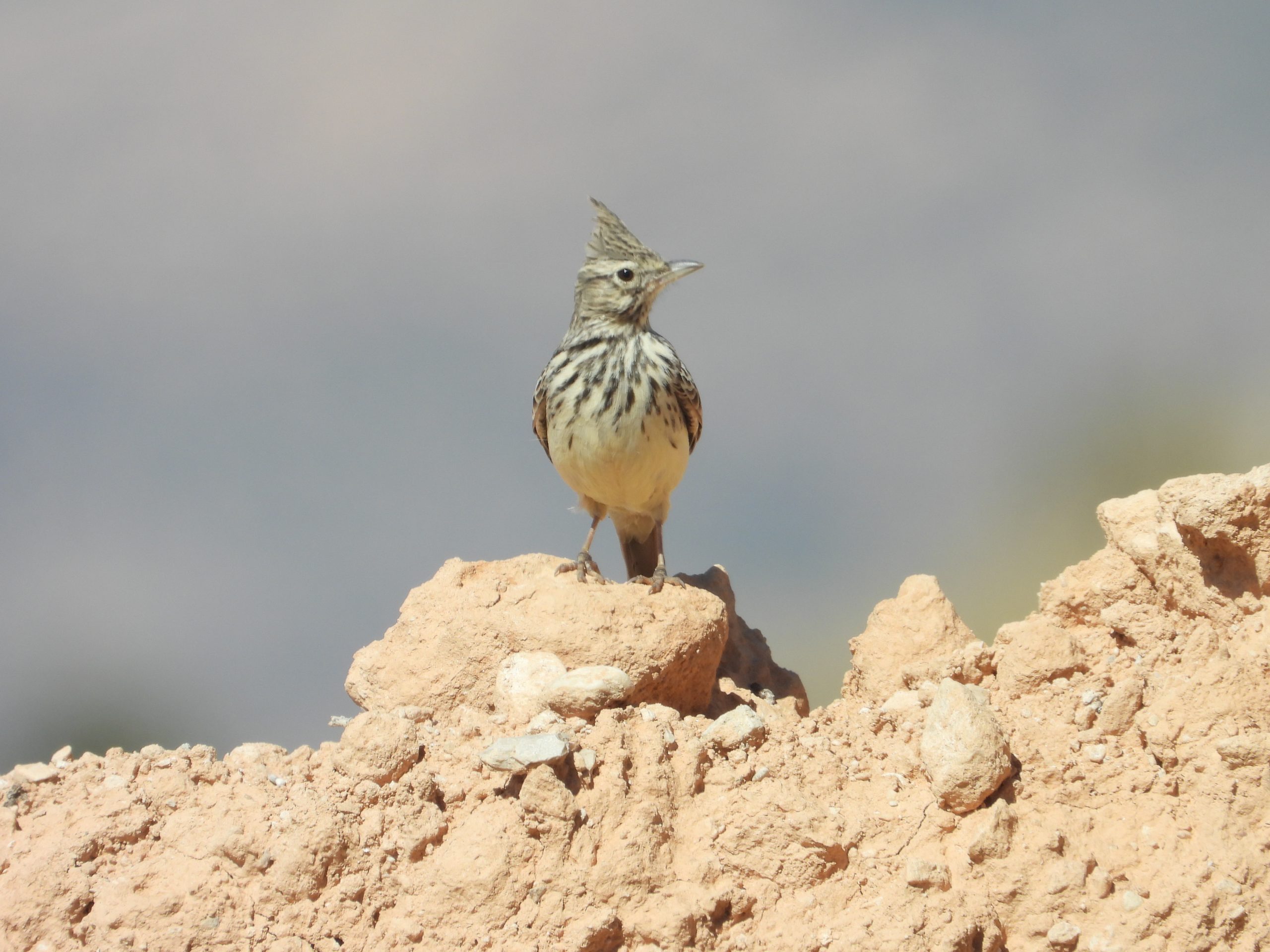
As part of our sustainable journey, where we are learning about the impact of our activity and undertaking actions to mitigate it, we have commissioned the continuation of the flora and fauna identification study done during 2016 in our emblematic Rosales quarry, this time for one of our most recent quarries, with the aim of determining the next steps in our work to restore these spaces.
The restoration plan is aimed at restoring the area leaving it in conditions as similar as possible to its current natural state or trying to improve as much as possible the environmental quality of the affected area by increasing the potential species of the area that have practically disappeared today.
The results yield biodiversity indicators and provide suggestions on the species to be used in reforestation, the composition of the vegetation, and the origin of the material to be used.
The study is carried out in the ecosystem to which the quarry belongs as well as within the quarry itself. It is essential to identify the reference ecosystem and its composition, the objective of the restoration being to reintegrate the quarry into the surrounding area and merge it with the environment.
Thanks to this monitoring, it is possible to establish achievable restoration objectives that can be measured over time.
Results
Among the results, we would like to highlight the following:
The presence of a total of 30 bird species has been detected. Regarding the diurnal avifauna, 27 species have been detected, of which 16 are passerines and 11 are non-passerines, and among the latter three are diurnal birds of prey (common kestrel, peregrine falcon and griffon vulture). As for nocturnal birds, a total of 3 species have been detected, which are the eagle owl, the little owl and the barn owl.
Of all the bird species detected, 27 are resident, that is, they remain permanently in the area and breed there; 1 is summer, that is, it only remains in the area during the spring and summer season, breeding in the area; and, finally, 2 of them are wintering, that is, they spend the winter months in the area, but breed in northern latitudes. Of these, the following species are particularly noteworthy: eagle owl, peregrine falcon, common kestrel, chipping sparrow, great tit, black redstart, black wheatear and Crested Lark; all of them have the potential to use the quarry as a breeding area.
As for mammals, a total of five species have been detected through the technique of detection through traces and signs, and one of these has also been observed directly. Of these, three are game (ibex, wild boar and fox) and two are protected (genet and marten).
Finally, with regard to the group of amphibians and reptiles, a total of three species have been observed directly (Iberian lizard, Colilarga lizard and common gecko). On the other hand, the database of the Spanish amphibian and reptile monitoring program (SARE) of the Spanish Herpetological Association has been consulted. This database has information on 9 species that have not been detected during the inventory because, as mentioned above, this is a group that has a low detectability depending on the time of year and the dependence on the aquatic environment in the case of amphibians and reptiles.








Leave a comment